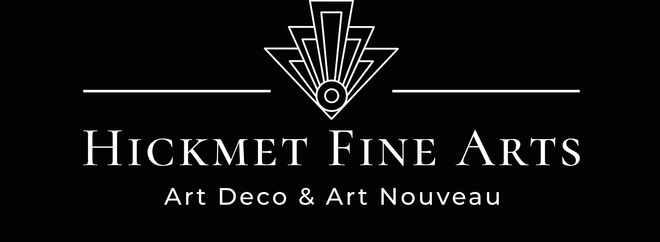A fantastic depiction of a young Deliah as a bronze bust. Covering her head with a hood, which could be mirroring her as she concealed her betrayal to Samson. The bronze has fantastic detail and a subtle green patination, raised upon red marble. Signed E Villanis and stamped with the foundry.
Sorry, this item has been sold. If you would like information about similar items please contact us on 07971850405 or make an enquiry via email here.
ADDITIONAL INFORMATION
Height: 21.5 cm
Width: 16 cm
Depth: 11 cm
Condition: Excellent Original Condition
Circa: 1890
Materials: Bronze
Book Ref: Emmanuel Villanis by Josje Hortulanus-de Mik
Page No: 76
SKU: 8779
ABOUT
Samson's betrayal - Dalila
Delilah, also spelled Dalila, in the Old Testament, the central figure of Samson's last love story (Judges 16). She was a Philistine who, bribed to entrap Samson, coaxed him into revealing that the secret of his strength was his long hair, whereupon she took advantage of his confidence to betray him to his enemies.
Emmanuel Villanis
Emmanuel Villanis was an industrious man. He is believed to have created some 200 to 250 pieces. His oeuvre pre-eminently consisted of busts and full body statues. Most of these were manufactured in bronze, but there are also models in white metal and terra cotta. Different patinas were used. The bronzes were mainly cast by the Societé de Bronzes de Paris and can be recognised by the round stamp (cachet) at the back of the statue. In addition, reliefs, vases, lamps, clocks and ink stands are recorded . Vases and lamps were mostly made of tin, and there are also marble statues. Pieces in which ivory is used are as rare as silver statues.
Villanis was inspired by women. He dedicated almost his complete works to them. One model in particular was portrayed many times by him. His portrayals of children may be less known, but are nevertheless wonderfully done. His statues are always in perfect proportion and are full of expression: dreamy-eyed, happy, sirene, indifferent, cheeky, serious, sad, detached, melancholy.
His style can always be recognised by his use of hollowed out eyeballs. The name of the statue can usually be found on the base in scrolled script and the signature of Emmanuel Villanis is always visible and legible.
To view more sculptures by Emmanuel Villanis please click here.

















